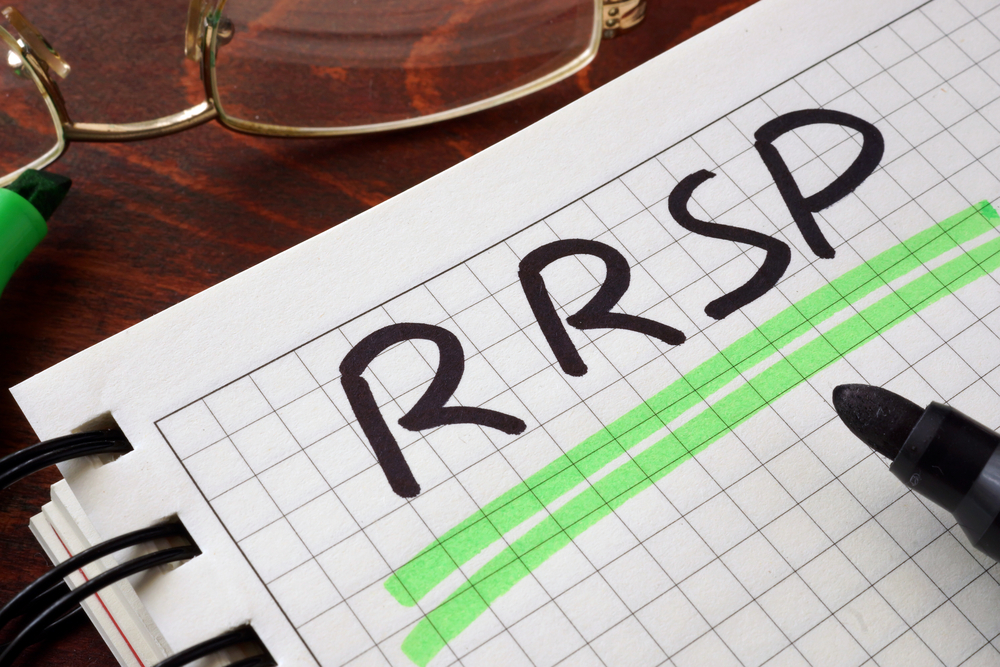Let’s Talk About RRSPs
February 22, 2023
It’s that time of year! We’re quickly approaching the registered retirement savings plan (RRSP) deadline for the 2022 tax year which is MARCH 1st. A RRSP is a great tool for putting money towards your retirement savings goal.
But you may be on the fence wondering if a contribution makes sense for you. Many people ask what’s the point if I have to pay taxes in retirement years when I take the money out of my RRSP? Great question, and it may still be favorable from a tax perspective if you’re going to be in a lower tax bracket in your retirement years than you are in your working years. Here’s a quick example to illustrate what I mean.
Let’s say Lucy is currently in the 30% tax bracket in her working years. She makes a RRSP contribution of $1000 and gets a refund at her rate which amounts to $300. Fast forward to retirement years when Lucy finds herself in a lower tax bracket of 20%. When she goes to pull out $1000 from her RSP she will be subject to $200 tax rather than the $300 in her working years. She has saved herself $100, or 10% in tax by making the contribution in her higher earning years. (Keep in mind this is a simplified example and of course would depend on your full tax picture). But it illustrates that despite having to pay tax later on you might be in a position where you saved yourself some tax by doing the contribution, and in the meantime you also allowed the money to grow tax sheltered in your RRSP account.
Here are a few more tips about RRSPs to keep in mind:
- Contribution limit for 2022 is 18% of previous year’s earned income to a max of $29,210
- Each person will have a different amount of RRSP contribution room – the best way to confirm the amount is on your Notice of Assessment or through your MyCRA online login
- A monthly penalty of 1% tax is applied to excess contributions
- You are entitled to a cumulative over-contribution limit of $2,000 before the penalty tax is applied – so you have a bit of “wiggle room”
- Contribution room accumulates in all years that you earn income, you can catch up on any unused room in subsequent years
- Contributions are tax deductible; providing tax relief by deducting contributions from your income
- Benefits include tax sheltering by providing tax deferral – you are not taxed on any income or investment gains within an RRSP account. But is considered taxable income when you start to withdraw in retirement
- An RRSP must convert to a RRIF (registered retirement income fund) by December 31 of the year you turn 71, but you have the option to convert earlier
- An RRSP account offers a beneficiary designation – so ensure this is up-to-date
- You can hold multiple RRSP accounts – but be mindful of your contribution limit
- For a disciplined saving strategy consider setting up monthly contributions into your RRSP that correspond with your pay dates
- RRSP withdrawals are not subject to tax if withdrawn for the home buyers’ plan or the lifelong learning plan but the withdrawals are required to be paid back within a certain time frame
- Retirement income planning can help you to understand how your RRSP will fit in your overall retirement plan, checking in on your plan provides peace of mind and an awareness of whether any adjustments may need to be made
So if contributing to an RRSP sounds like the right option for you – get on it before March 1 2023!
